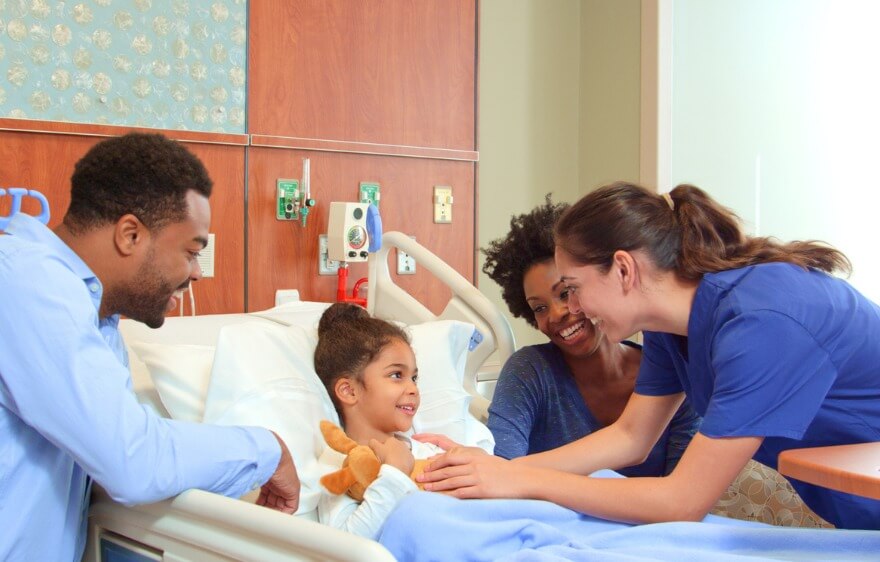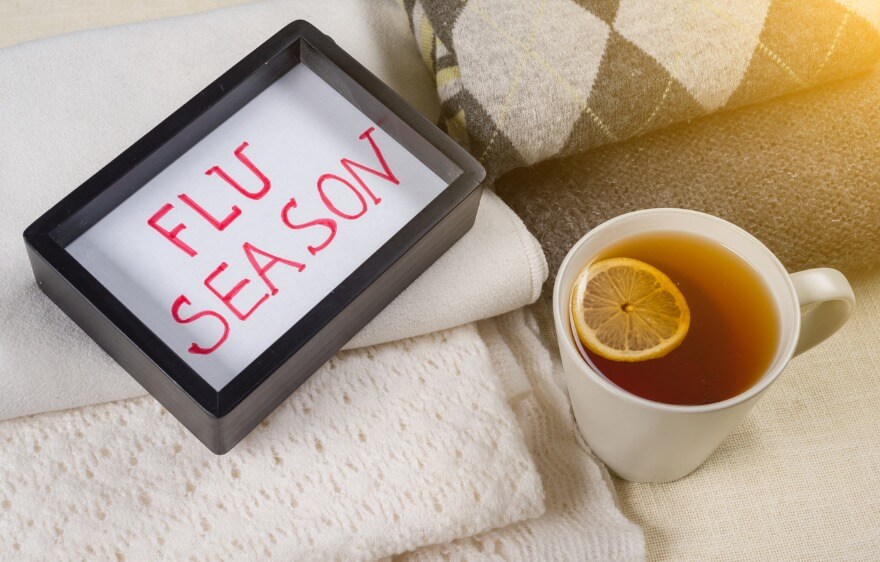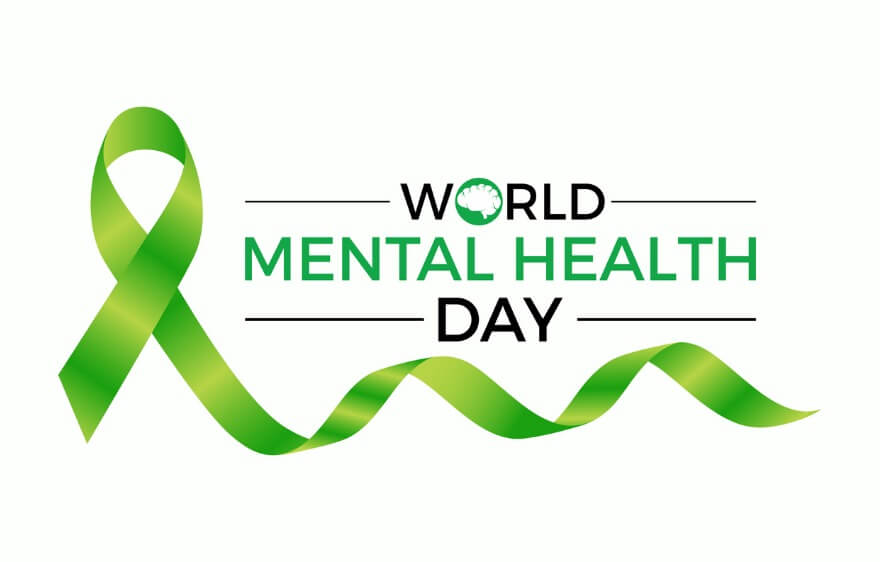Looking to step up your nursing notes game? When you’re a home health nurse, you’re not just delivering care to your patients — you’re also documenting the care you’re providing. This means home health nursing notes are so important to your job, providing a detailed record of a patient’s progress, treatments, and interactions.
Good notes are more than just a formality. They are the backbone of quality care and play a crucial role in communication with other healthcare professionals, caregivers, and insurance providers.
In this detailed guide, we’re diving deep into the importance of good note-taking in home health care, specifically focusing on pediatric nursing. We’ll also provide a range of home health nursing notes examples to give you a clearer understanding of what good documentation looks like. Read on to gain a solid grasp on what to include in your own notes and ensure you’re capturing the full picture of your patient’s health.
What Are Home Health Nursing Notes?
Home health nursing notes are written records of the care you provide to the people you care for while working in their homes. These notes document the condition, any treatments or procedures performed, their response to treatment, and any observations you may have. Whether you’re administering medication, changing dressings, or simply assessing vital signs, everything needs to be recorded in a way that can be easily understood by other healthcare professionals.
These notes are a key component of the person’s health record. They help track progress over time and serve as a reference point for other nurses, doctors, or specialists who may be involved in the care process. The notes also serve as legal documents, providing a detailed account of what happened during each visit. If there’s ever a question about the care someone received, these notes are the first place people will look.
Good note-taking is especially important when you’re dealing with pediatric care in a home health setting. Children often have different medical needs compared to adults, and their responses to treatments and medications can vary significantly. As such, it’s critical that home health nursing notes capture all the details of a child’s care to ensure continuity and safety.
Why Is Good Note-Taking Important in Home Health?
The importance of good note-taking in home health cannot be overstated. Here are several key reasons why it’s crucial to your practice:
Continuity of Care
Your notes act as a bridge between different healthcare providers. When you document the condition and treatments accurately, other nurses, physicians, or specialists can follow up and continue care seamlessly. This is particularly important in pediatric home health, where multiple caregivers may be involved in a child’s treatment plan.
Legal Protection
Home health nursing notes serve as a legal record of what transpired during each visit. If there are ever any questions or concerns about the care you provided, your notes can be used as evidence. Detailed, accurate notes can protect you from liability and ensure that your actions are documented properly.
Communication with Family and Caregivers
Communication is fundamental to nursing, and good notes are essential to smooth and effective communication. Families often have limited medical knowledge and may not fully understand the treatments or procedures their child is receiving. Your notes can serve as a communication tool for caregivers, helping them stay informed and ensuring they follow the care plan as intended.
Insurance Reimbursement
Home health nursing notes are a critical component of the billing process. Insurance providers require thorough documentation to justify the services provided. Inaccurate or incomplete notes can lead to claims being denied and disrupt the care process.
Quality of Care
Good documentation helps ensure that the care provided is high-quality and in line with best practices for pediatric nurses. By keeping detailed records, you can track progress and make adjustments to a treatment plan when necessary. For pediatric clients, this may involve adjusting medication dosages or changing treatment approaches based on how a child is responding.
What to Include in Home Health Nursing Notes
When writing your notes, make sure you address the following key components:
Patient Identification
Always begin your note with basic information about the patient, such as their name, date of birth, and medical record number. This ensures that the right record is being updated.
Date and Time
Record the date and time of your visit. This provides a timeline of events and helps track the patient’s progress over time.
Reason for Visit
Clearly document the reason for your visit. This could be a routine check-up, administering medication, or a specific concern the patient is experiencing.
Condition
Include a detailed description of the physical condition you are treating. In pediatric nursing, this could involve documenting symptoms like fever, changes in behavior, or any new issues that may have arisen since the last visit.
Interventions and Procedures
List any interventions or treatments provided during the visit. For pediatric clients, this may include administering medication, performing wound care, or adjusting a medical device. Be specific about what was done and any equipment used.
Therapeutic Response
Note how the patient responded to the interventions. This can include any improvements or worsening of symptoms, as well as any side effects or reactions to medications.
Family/Caregiver Interaction
If you communicated with family or caregivers, document the nature of these interactions. This could include providing education on the child’s care plan or discussing any concerns they may have had.
Plan for Future Care
Outline the next steps in the care plan. This could involve scheduling follow-up visits, adjusting treatments, or recommending further medical evaluations.
Signature
Always end your note with your signature or initials to confirm that the information provided is accurate and reflects your professional judgment.
Home Health Nursing Notes Examples
Here are some detailed home health nursing notes examples, with a focus on pediatric nursing. These notes are based on common scenarios you may encounter in the field, and they will give you a good idea of how to structure your own documentation.
Home Health Nursing Note Example 1: Routine Pediatric Check-up
Date/Time: [Date]
Patient: [Name and age]
Reason for Visit: Routine check-up, monitor post-surgical recovery (tonsillectomy)
Condition: Client appears alert and well-hydrated. No signs of fever or dehydration. Surgical site healing appropriately with no signs of infection. Child is eating soft foods and drinking liquids without difficulty. Mild irritability noted in the past 24 hours, likely due to discomfort.
Interventions/Procedures: Checked vital signs: Temp 98.6°F, BP 90/60 mmHg, HR 98 bpm, Resp 20 breaths per minute. Administered prescribed acetaminophen for pain relief, 5 mL.
Response: Client tolerated medication well, no adverse reactions.
Family/Caregiver Interaction: Discussed signs of infection to watch for, such as fever, increased pain, or drainage from surgical site. Reinforced importance of pain management and hydration.
Plan: Follow-up visit in one week. Caregiver to monitor temperature and provide acetaminophen as needed.
Signature:[Your signature]
Home Health Nursing Note Example 2: Pediatric Asthma Management
Date/Time: [Date]
Patient: [Name and age]
Reason for Visit: Asthma management and medication review
Condition: Client was experiencing mild wheezing and coughing earlier in the day, but is currently asymptomatic. Lung auscultation reveals slight wheezing on expiration. Oxygen saturation is 97% for room air. No signs of distress.
Interventions/Procedures: Administered albuterol via nebulizer as prescribed. Client tolerated the treatment well. Reviewed proper inhaler use and peak flow meter technique with caregiver.
Response: Client reported feeling better immediately after the nebulizer treatment.
Family/Caregiver Interaction: Discussed asthma triggers and prevention strategies with caregiver. Emphasized the importance of consistent medication use and keeping rescue inhaler nearby.
Plan: Follow-up in two weeks. Caregiver to continue daily use of prescribed maintenance medication.
Signature:[Your signature]
Home Health Nursing Note Example 3: Postsurgical Pediatric Care
Date/Time: [Date]
Patient: [Name and age]
Reason for Visit: Post-operative care after appendectomy
Condition: Client is alert, cooperative, and in no acute distress. Surgical site appears clean with no signs of infection. Pain level is minimal, client reports a 2/10 pain score. Mild bruising around the incision site.
Interventions/Procedures: Administered prescribed pain medication (ibuprofen 5 mL). Checked incision site for any drainage or signs of infection.
Response: Client tolerated medication without issue. No complaints of nausea or dizziness.
Family/Caregiver Interaction: Reviewed post-operative care instructions, including wound care and activity restrictions. Emphasized the importance of monitoring for fever or unusual pain.
Plan: Schedule follow-up with surgeon in one week. Caregiver to monitor for signs of infection and report any concerns.
Signature:[Your signature]
Home Health Nursing Note Example 4: Pediatric Dehydration
Date/Time: [Date]
Patient: [Name and age]
Reason for Visit: Evaluation for dehydration after vomiting and diarrhea
Condition: Client is alert but somewhat lethargic. Dry mucous membranes and decreased urine output noted. No fever. Skin turgor slightly diminished, indicating mild dehydration.
Interventions/Procedures: Administered oral rehydration solution (Pedialyte, 60 mL). Encouraged caregiver to continue offering
Response: Client tolerated the oral rehydration solution well. Mild improvement in alertness after fluid intake. No signs of vomiting or further diarrhea since last episode.
Family/Caregiver Interaction: Educated caregiver on signs of severe dehydration to watch for, including lethargy, sunken eyes, or inability to urinate. Provided guidelines on continuing fluids and small, frequent meals.
Plan: Follow-up visit scheduled for the next 48 hours. If Sarah’s condition worsens or no improvement in 24 hours, a referral to the pediatrician or emergency department will be recommended.
Signature:[Your signature]
Home Health Nursing Note Example 5: Pediatric Wound Care
Date/Time: [Date]
Patient: [Name and age]
Reason for Visit: Wound care for abrasions from a fall
Condition: Client is alert and playful, but has visible abrasions on both knees. There is some redness around the wounds, but no sign of infection. Mild swelling noted on the left knee. No fever or complaints of pain except mild discomfort when the wounds are touched.
Interventions/Procedures: Cleaned the abrasions with normal saline. Applied a thin layer of antibiotic ointment and dressed the wounds with sterile gauze and adhesive bandages.
Response: Client was cooperative during wound care and did not experience significant pain. No immediate adverse reactions.
Family/Caregiver Interaction: Discussed wound care instructions with caregiver, including how to change the dressing daily and signs of infection (increased redness, pus, swelling). Reminded caregiver to avoid submerging wounds in water until healed.
Plan: Follow-up visit in three days to assess healing progress. If signs of infection appear, caregiver to contact pediatrician.
Signature: [Your signature]
Home Health Nursing Note Example 6: Pediatric Pain Management
Date/Time: [Date]
Patient: [Name and age]
Reason for Visit: Pain management post-dental surgery
Condition: Client is awake and alert, but reports pain at the surgical site, rating pain as 5/10. No fever or swelling. There is slight bleeding from the gums, but this is consistent with recent surgery.
Interventions/Procedures: Administered prescribed acetaminophen (10 mL). Recommended a cold compress for pain relief and instructed the caregiver to monitor pain levels every 4 hours.
Response: Client reported a reduction in pain to 3/10 after receiving the medication. She is able to eat soft foods and drink liquids without difficulty.
Family/Caregiver Interaction: Reviewed the pain management plan with caregiver, including the importance of administering the prescribed medication on a regular schedule. Discussed post-operative care instructions and when to seek medical attention if pain becomes severe.
Plan: Follow-up visit in two days. Caregiver to continue pain management as prescribed and monitor for signs of infection (redness, increased pain).
Signature:[Your signature]
Best Practices for Writing Home Health Nursing Notes
Last but not least, here are a few key best practices to keep in mind when writing home health nursing notes:
- Be clear and concise: Avoid unnecessary jargon or overly complicated language. The goal is to make your notes easy to understand for anyone reviewing them. Whether it’s another nurse, a physician, or an insurance professional, your notes should tell a clear and accurate story of the patient’s care.
- Focus on objectivity: Home health nursing notes should be based on facts, not opinions. Always document what you observe, what you do, and how the patient responds. For example, instead of writing, “Client was in a lot of pain,” say something like, “Client reported a pain level of 7/10.”
- Use accurate medical terminology: While your notes should be easy to read, they should also use the correct medical terminology. This ensures the information you provide is clinically accurate and consistent with professional standards.
- Document timely and regularly: Try to complete your notes as soon as possible after each visit. This is an essential part of time management and will help ensure accuracy and prevent any important details from being forgotten. Regular documentation is also important for tracking a patient’s progress over time.
- Maintain confidentiality: Always be mindful of patient privacy when documenting. Avoid including personal information that isn’t relevant to the patient’s care, and ensure that your notes are kept secure.
Elevating Your Home Health Nursing Notes Game
Good home health nursing notes are essential to high-quality care, especially in pediatric nursing. They ensure continuity of care, protect you legally, and keep families informed about their child’s health. By using the home health nursing notes examples provided here, we hope you can have a clear idea of what to include and how to document the key parts of care.
Remember, the goal of your notes is to create a detailed, accurate, and readable account of the care you’ve provided. Whether you’re treating a child recovering from surgery, managing asthma, or handling a minor injury, good documentation helps ensure that children’s needs are met and that all involved in their care are on the same page.
At Care Options for Kids, we’re dedicated to building an inspiring, people-centered care community to help nurses succeed in every aspect of care, including accurate and thorough notes. From training opportunities and mentoring to great benefits and PTO, we believe the right support can make all the difference.
Join the Care Options for Kids Team!
Are you ready for meaningful work that comes with benefits and not burnout? Join the compassionate care team that helps children and families live their best lives. Our clinicians provide best-in-class pediatric nursing, therapy, and school-based services. We bring individualized care to children where they live, work, and play. We have opportunities in homes, schools, and clinics across the country. Apply at Care Options for Kids now. We make it easy to start so you can make a difference as soon as possible.






